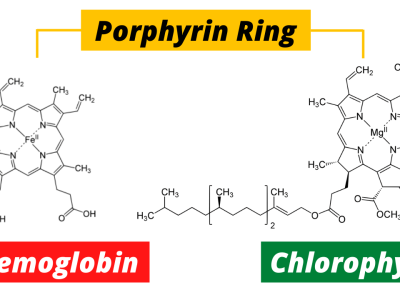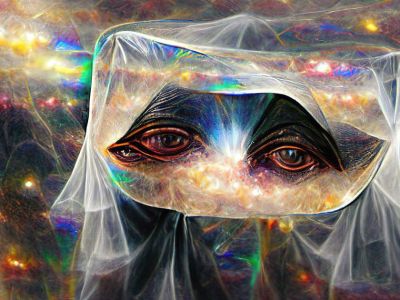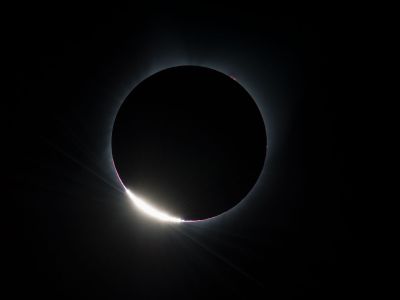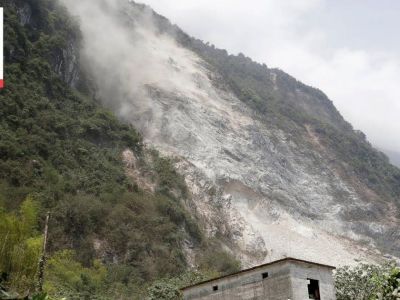Datura - Things About Datura
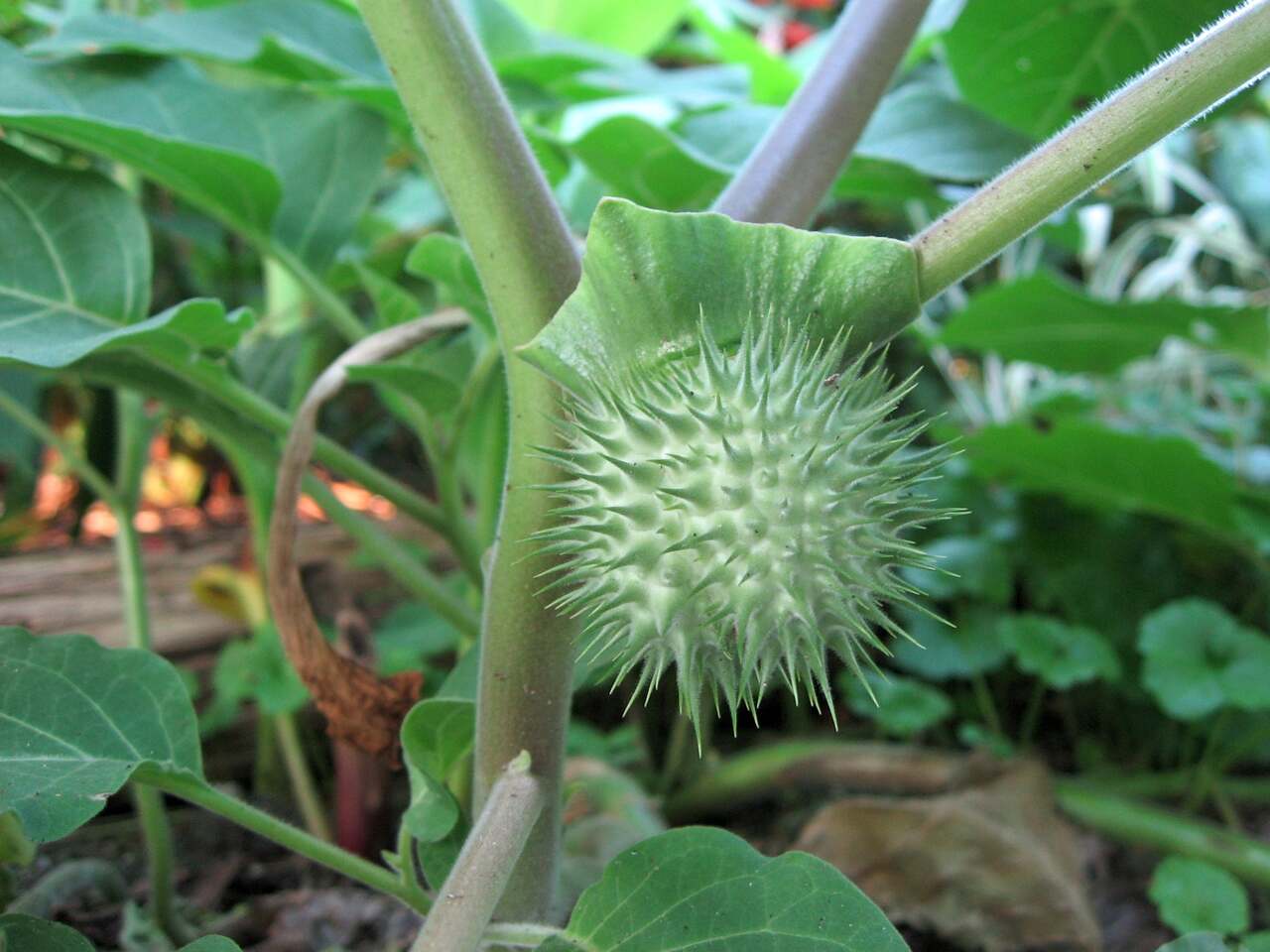
What is Datura?
All Datura species are very toxic and possibly psychoactive, particularly their seeds and flowers, which can cause respiratory depression, arrhythmias, fever, delirium, hallucinations, dissociation, anticholinergic syndrome, psychosis, and even death if administered in specific ways. In Hinduism, Dhatura is presented to Shiva. This name was first recorded in English in 1662. Today We are sharing Things about datura and its plant.
What is the classification of the Datura Plant? What are the sources of Datura?
Air water sunlight earth, apart from this. This herb is classified as a "Upavisha Varga" in the holistic discipline of Ayurveda, which is a secondary poisonous plant. Upavisha Varga typically refers to a group of poisonous or deadly plants. Datura is a genus of around nine species of vespertine-flowering plants that contain a very toxic and strong psychedelic chemical and are members of the nightshade family Solanaceae. The following are nine of its well-known species:
D. stramonium L., often known as jimsonweed, thorn-apple, or devil's snare, is a Central American native. Being a source of a hypnotic drug known as stramonium, this species of Datura portrays potent hypnotic and sedative effects.
D. metel L., also known as Hindu datura, Indian thorn-apple, and devil's trumpet, is native to Asia and Africa.
Datura arenicola Gentry ex Bye & Luna is also known as Sand thorn-apple, Baja datura, and Vizcano datura. The desert datura is indigenous to Baja California Sur, Mexico.
D. ceratocaula Jacq., often known as Torna loco and Ololiuhqui, is a Mexican swamp datura.
D. discolour Bernh., often known as desert thorn-apple, is native to the Sonoran Desert in western North America.
Innoxia D. Mill. thorn-apple, downy thorn-apple, Indian-apple, moonflower, Angel's trumpet, and toloache are native to the Southwest, Central, and South America.
D. Leichhardt, often known as Leichhardt's datura, is native to Mexico and Guatemala.
D. quercifolia Kunth, or oak-leaved thorn-apple is native of Mexico and the Southwestern United States
D. wrightii Regel also called sacred datura, western jimsonweed, California jimsonweed, sacred thorn-apple, tolguacha, toloache is native of Southwestern United States
Etymology of Datura? What are other popular names?
The English name Datura derives from the Sanskrit word dhatra, which means "thorn-apple," and eventually from the Sanskrit dhattra, which means "white thorn-apple." Other species of Datura are also referred to as kanaka and unmatta in Sushruta Samhita, an ayurvedic literature.
What are other common names for datura?
Thornapples or jimsonweeds, devil's trumpets (not to be confused with angel's trumpets, which are situated in the closely related genus Brugmansia), moonflower, devil's weed, and hell's bells are some common names for datura.
What psychoactive compound are found in datura?
There are three chemicals produced by Datura plants: scopolamine, hyoscyamine and atropine. Each of these individually has some medical use as well as intense side effects.
Atropine: This is an anticholinergic that reduces secretions and is prescribed for a variety of conditions, including excessive mucous production, excessive saliva production, gut spasms (including those in the bladder or intestines), colitis, irritable bowel syndrome (IBS), peptic ulcers, Parkinson's disease, heart disorders, and episodes of laughing or crying associated with brain tumours. Headaches, dizziness, fuzzy vision, big pupils, nasal congestion, nausea, constipation, bloating, heartburn, taste changes, and difficulty peeing are common adverse effects of atropine usage.
Scopolamine: This prescription chemical, when used as a medicine, can assist to reduce the symptoms of motion sickness, such as nausea and vomiting. Scopolamine is most commonly administered as a three-day patch. Drowsiness, dizziness, fuzzy vision, confusion, dry mouth, rash, difficulty urinating, and hallucinations are common adverse effects. The medicine may cause serious adverse effects such as fast heartbeat, eye discomfort, and disorientation. Scopolamine can cause an overdose.
Hyoscyamine: This medication, like atropine, can be used to treat gastrointestinal complaints. It lowers stomach and intestinal movements, as well as the release of stomach acids. Peptic ulcers, colic, diverticulitis, IBS, pancreatitis, and various cardiac diseases can all be treated with hyoscyamine. It may also be used to treat rhinitis, or persistent runny nose, as well as excessive saliva production. Drowsiness, dizziness, headaches, blurry vision, dry mouth, constipation, sensitivity to light, difficulty urinating, or a flushed warm sensation on the skin may occur as a result of the medication. Skin rashes, eye discomfort, a high or erratic heart rate, and diarrhoea are all serious adverse effects.
What are some of the Effects of Datura?
Physical Effects of datura
Datura has a wide range of physiological effects on the human body. Here are some of datura's physiological impacts.
- Body weight perception
- Unexpected bodily experiences, such as electric shocks or joint discomfort
- Dilation of the pupils
- Heart rate variations, particularly irregular or fast beating
- Constipation
- Dehydration
- Blood pressure is high.
- Excessive body temperature
- Perspiration has increased.
- Motor control failure
- Muscle spasms and cramps
- Hallucinations, particularly olfactory and tactile hallucinations
- Sedation
- Syndrome of restless legs
- Inadequate or excessive urine production
Psychological(Cognitive) Effects of Datura Intoxication
People often ingest datura for the recreational and psychoactive benefits it provides. Some of the psychological consequences of datura include:
- Motivational suppression
- Amnesia
- Anxiety
- Depression
- Fatigue
- Confusion
- Delirium
- Personal depersonalization and derealization
- Suppression of emotions
- Fear of the unknown, including fears of impending doom
- Suppression of information processing
- Speaking difficulties
- Psychosis
- Distortion of time
- Hallucinations include seeing or hearing people or objects that are not physically present.
Comedown Effects of Datura
If a person does not overdose on Datura, they are likely to have comedown symptoms, such as a hangover, after the substance has been metabolised out of their system. Symptoms of this include:
- Depression
- Anxiety
- Irritability and mood swings
- Photophobia, or light sensitivity
- Delirium
- Dehydration
- Language difficulties in speaking or comprehending
- Motivational suppression is still active.
- Sleepiness
- Thinking that is sluggish or cloudy
- Vision problems
Toxicity(Datura Poisoning or Overdose)
Because a recreational amount of Datura is easily misjudged, a person who abuses this plant runs the danger of overdosing. Datura overdose symptoms are similar to those seen with other anticholinergic drugs, resulting in anticholinergic delirium. This is defined as an inability to distinguish between reality and fiction, progressing beyond hallucination and closer to psychosis. Other symptoms that can be extremely harmful include:
- Hyperthermia is defined as an abnormally high body temperature.
- Tachycardia, or dangerous fluctuations in heart rate
- Unusual or violent behaviour
- Mydriasis, or pupil dilation, can cause extreme light sensitivity.
Datura has the potential to produce forgetfulness, disorientation, psychosis, and hallucinations, as well as change mood and emotional expression. If a person consumes too much Datura but not enough to overdose, the consumer may feel a hangover while the substance metabolises. The person may experience anxiety, thirst, drowsiness, and light sensitivity, among other symptoms.
What is the history and culture around datura?
Schultes and Hofmann were confident in their assumption of an Asian origin and history of usage in India dating back to the Vedic period for Datura metel in the second edition of The Botany and Chemistry of Hallucinogens in 1979. Datura metel has been incorporated with surprising thoroughness into the religious and magical traditions of Asia and Africa as an intoxicant and entheogen, despite its apparently recent arrival to the Old World from the New, commencing in the sixteenth century.
Anthropologists discovered that indigenous people with extensive experience and understanding of Datura have been known to use it spiritually (including the Navajo and especially the Havasupai). A thorough understanding of Datura's characteristics is required to provide a safe encounter. Datura was utilised by the ancient people of what is now central and southern California to "commune with deities through visions." The Southern Paiute think Datura may aid in the recovery of lost items. Datura was extremely essential in Aztec religion and the rituals of their medicine men and necromancers in ancient Mexico. The Aztecs allegedly utilised it for ceremonial sacrifice as well as evil purposes.
Datura in Popular Culture
- While exploring Zion Canyon in the Honest Hearts DLC for Fallout: New Vegas (2010 video game), the player can acquire Datura (identified in-game as "Sacred datura root"). Datura can be given to a shaman who will use it to make tea. The player begins to hallucinate after drinking the tea and must fight their hallucinations to restore their wits.
- Part 3, Canto 1 of Samuel Butler's satirical poem Hudibras refers to the usage of Datura, under its ancient English name of Dewtry, in witchcraft (1613–1680)
- Datura plants have been famously featured in works of art such as those by Georgia O'Keeffe (1887–1986).
- The genus has appeared in a few films, television shows, and literature, generally as 'jimsonweed.'
- Datura was mentioned as a potent psychoactive drug in Hunter S. Thompson's 1971 novel Fear and Loathing in Las Vegas: A Savage Journey to the Heart of the American Dream, where character Dr. Gonzo recalls a previous encounter with the substance during Christmas the previous year, when he was most likely gifted the Datura wrightii species of Southern California.
- Tori Amos's 1999 album To Venus and Back was named after the song "Datura."
- Acid Bath's 1996 album Paegan Terrorism Tactics includes the song "Paegan Love Song," which is about a Datura trip.
- The ancient peoples represented in The Clan of the Cave Bear employ Datura / Thorn Apple to produce visions in order to draw closer to their deities. Only the Medicine Woman of the highest ranked Clan knows how to safely prepare the herb, which is passed down from mother to daughter.
- Datura appears in Léo Delibes' classic opera, Lakmé, in the Flower Duet. After being abandoned by her lover Gérald, the Brahmin priestess Lakmé consumes Datura leaves in order to commit suicide.
- In the 2015 South Korean TV series Shine or Go Crazy, King Wang Tae suffers from Datura poisoning after breathing powder dispersed on petition letters.
- Big Lez takes 5 Datura flowers and hallucinates being in a desert chatting to a strange man in "Choomah Island 3: Denouement" (the Season 4 conclusion of The Big Lez Show). Sassy and the group discover him nude and screaming on the train lines before informing him of the flower's hallucinogenic properties.
- The instrumental piece "Datura Stramonium" by MF DOOM served as the rhythm for Joey Bada$$'s song "World Domination." The instrumental sampled transition music from Fat Albert's 1977 Halloween Special.
- Jimsonweed is surreptitiously provided to a character in The Walking Dead season 10, episode 13. (2020). She then has many really unpleasant, delirious hallucinations.
- In the fifth episode of the CSI: Crime Scene Investigation series, "Friends and Lovers," a guy killed his closest buddy after they both drank jimsonweed tea (2000).
- In the TV series Around the World in 80 Days (2021), the explorer Phileas Fogg gets poisoned by Datura.
What is the legality status of datura?
About datura Legality, Datura is often unregulated in many countries around the world. Possibly due to it being primarily poisonous and potentially psychoactive or recreational, made people rather prefer safer alternative drugs than datura,
India
According to Drug & Cosmetic Act 1940 & Rule 1995, Datura metel is banned in India except for use in Ayurvedic medicine or religious ceremonies.
USA
The Datura plant is uncontrolled in the United States. This means all parts of the plant and its extracts are legal to cultivate, buy, possess, and distribute (sell, trade or give) without a license or prescription. If sold as a supplement, sales must conform to U.S. supplement laws.
Australia:
Datura is a Schedule I poison in Australia, although scopolamine is a Schedule 4 (prescription required) toxin, and a scopolamine analogue (hyoscine butylbromide) is accessible in over-the-counter medications (e.g. Buscopan & others) to treat symptoms such as nausea, stomach discomfort, and cramping. Datura and Brugsmansia are allowed to process but prohibited to grow without a permit.
Brazil:
It is illegal to possess and sell datura in Brazil.
UK
Datura is prohibited to make, supply, or import in the United Kingdom under the Psychoactive Substances Act, which went into force on May 26th, 2016.


